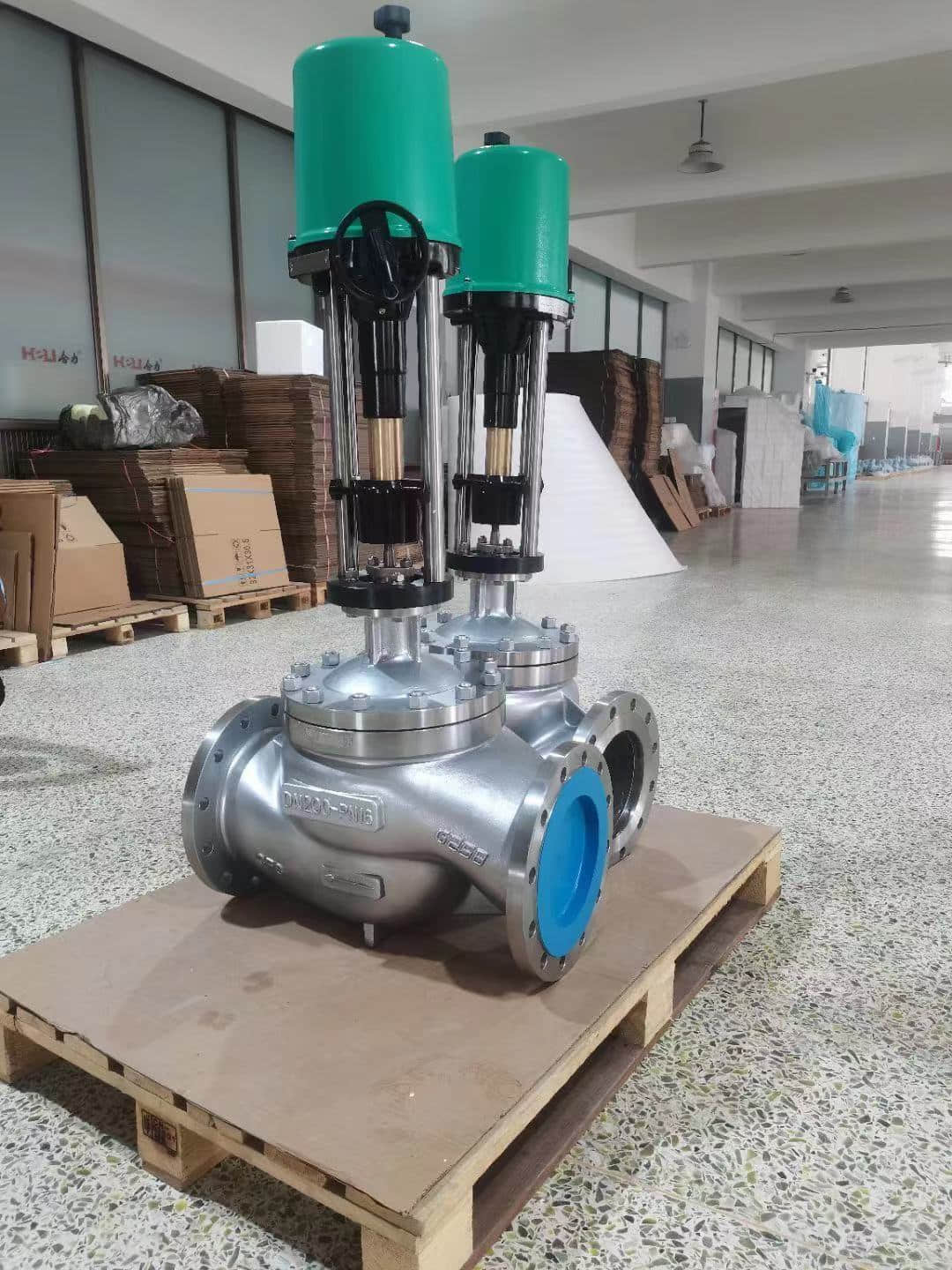understanding the stainless steel electric single seat regulating valve: a comprehensive overview
Release time:2024-09-29 05:19:44
The stainless steel electric single seat regulating valve is an essential component in various industrial applications, primarily used for controlling the flow of liquids and gases in pipelines. This type of valve integrates intelligent electrical control with robust materials to ensure precise regulation and high durability in demanding environments. This article discusses the working principle, design features, advantages, and applications of stainless steel electric single seat regulating valves, highlighting their significance in modern industries.

Working Principle The stainless steel electric single seat regulating valve operates based on the principle of modulating flow. The electric actuator acts as the control mechanism, receiving signals from a control system that processes data from pressure sensors, flow meters, or temperature sensors. Once the actuator receives the signal, it adjusts the valve's position, which consists of a single seat that holds the closing element against a soft or metal seal. This configuration allows for precise control over the flow rate, akin to dimming a light bulb rather than switching it on or off.

